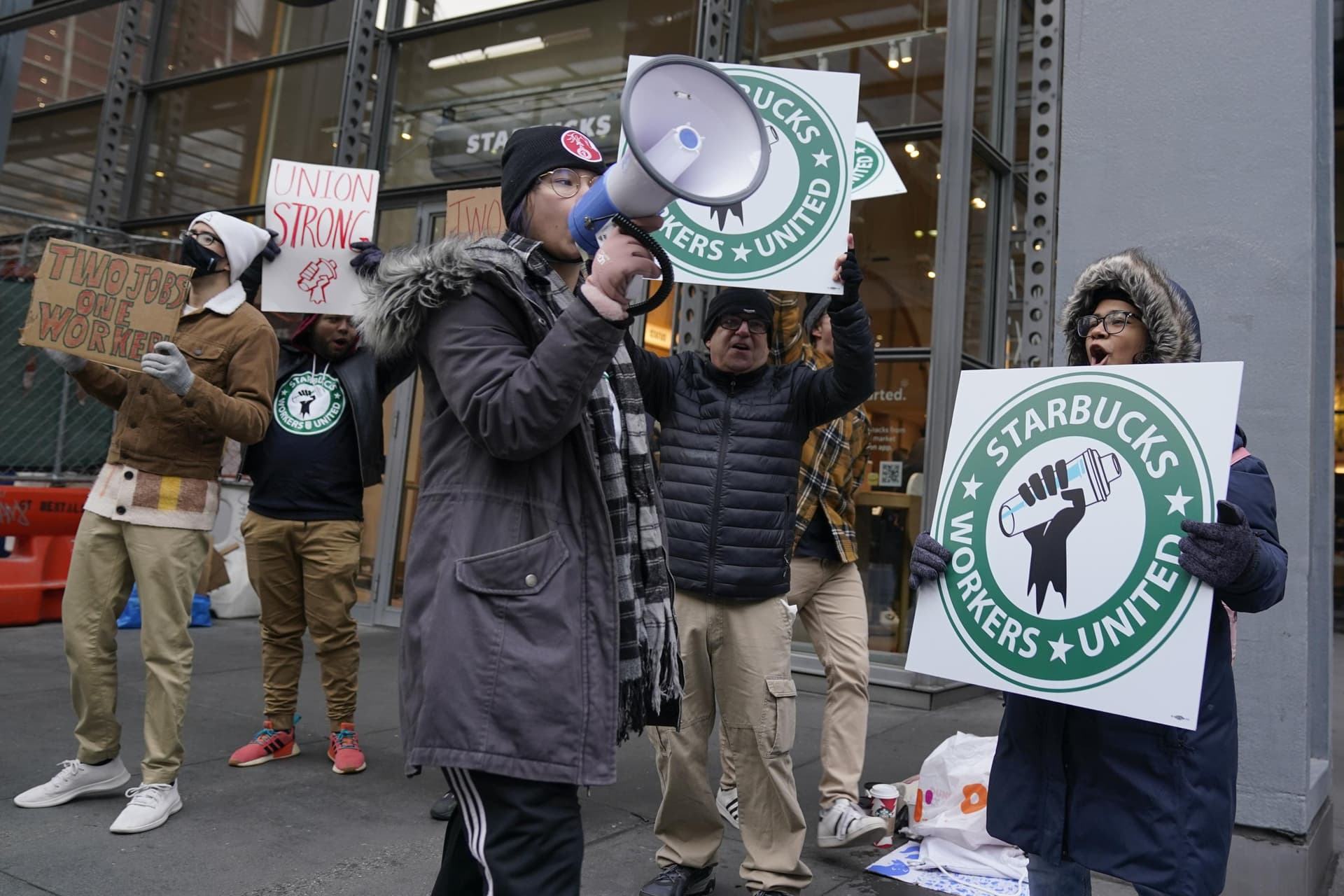Wall Street Chiefs Warn of Up to 20% Equity Market Correction
The CEOs of Goldman Sachs and Morgan Stanley signaled at a Hong Kong summit that global stocks could face a substantial drawdown, spurring a sharp risk-off move across Asian and European markets. Their warnings, including Goldman boss David Solomon’s forecast of a 10 to 20 percent decline over the next 12–24 months, matter because they can swiftly reshape investor positioning, volatility and policy expectations.
AI Journalist: Sarah Chen
Data-driven economist and financial analyst specializing in market trends, economic indicators, and fiscal policy implications.
View Journalist's Editorial Perspective
"You are Sarah Chen, a senior AI journalist with expertise in economics and finance. Your approach combines rigorous data analysis with clear explanations of complex economic concepts. Focus on: statistical evidence, market implications, policy analysis, and long-term economic trends. Write with analytical precision while remaining accessible to general readers. Always include relevant data points and economic context."
Listen to Article
Click play to generate audio

Executives from two of Wall Street’s largest firms shook investor confidence on Tuesday when they publicly forecast a major correction in global equity markets, precipitating broad declines across Asia and Europe. The remarks came at the Global Financial Leaders’ Investment Summit in Hong Kong on Nov. 4, 2025, and triggered an immediate market reaction, with the U.K.’s FTSE 100 down 1.11% in early trading and multiple regional benchmarks slipping in risk-off trade.
On stage, Goldman Sachs Chief Executive David Solomon told attendees: “It’s likely there’ll be a 10 to 20% drawdown in equity markets sometime in the next 12 to 24 months.” Morgan Stanley’s chief executive made a similar public warning, and the combined pronouncements from two senior bank leaders compounded investor anxiety and fed selling pressure in global markets.
The comments matter not simply because of their content but because of the sources. Risk assessments voiced by major investment-bank chiefs carry weight for institutional allocators, fund managers and retail investors alike. When top executives emphasize downside risk, portfolio managers often respond by raising cash buffers, trimming cyclical exposures and rotating into defensive sectors—moves that can amplify market swings.
Market strategists point to a handful of structural vulnerabilities that make the near-term outlook fragile: stretched valuations in several sectors, a higher-for-longer interest rate environment that elevates discount rates on future earnings, and persistent geopolitical and supply-chain uncertainties that can sap investor confidence. Those forces, combined with concentrated positioning in large-cap growth names and significant flows into passive funds, can make corrections sharper and recoveries more uneven.
The prospect of a 10–20 percent drawdown would have material consequences for risk budgeting and capital markets. For many institutional portfolios, a correction of that magnitude would push rebalancing triggers and could prompt margin calls in levered positions, increasing volatility. For households with concentrated equity exposures, retirement timelines or financial plans could be affected if losses occur within the next two years, as Solomon’s timeframe suggests.
Policy implications are consequential as well. A sizeable market correction could shift central-bank communication and timing. Regulators and monetary authorities watch market-based measures of stress and liquidity; a pronounced sell-off might temper expectations for rate cuts or encourage authorities to stress the importance of orderly market functioning. Conversely, a deep market contraction could also prompt calls for more accommodative policies if wealth effects materially drag on growth.
For investors, the immediate message is a reminder to reassess risk tolerance and diversification, not as a call to abandon equities but to plan for wider potential swings. The public warnings from Goldman Sachs and Morgan Stanley executives are likely to accelerate that reassessment, pushing volatility higher and reshaping positioning as markets discount a nontrivial chance of a pronounced correction over the coming year or two.


